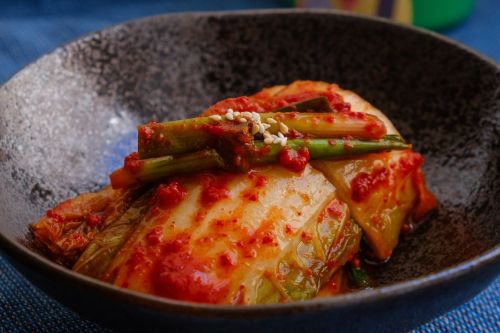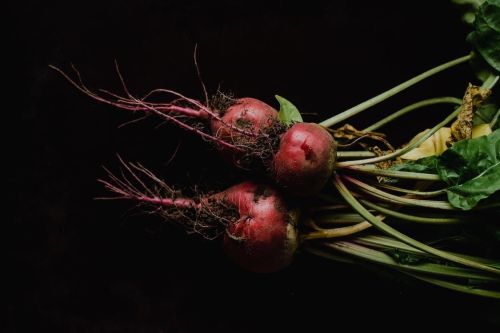It is an annual cereal plant with numerous and dense stems, reaching 50-150 cm in height. The stems branch out already at the base. The leaves are 1.5 cm wide and up to 1 meter long.
The flowers are gathered in panicles up to 30 cm long, the spikelets are flat, 1 quill. The flowers are self-pollinating. The fruit is an 8x4 cm caryopsis that contains 30-100 grains.
A characteristic feature of seed rice roots is the presence of aerial crumb (aerenchyma), with large intercellular spaces filled with air.
Aerenchyma is found in underwater plants (rice is grown in waterlogged areas), increasing their buoyancy and facilitating floating.
Japanese rice (Oryza sativa japonica) - short-grained, sticky. It was domesticated in the Yangtze Valley 9-6 thousand years ago, and its varieties are usually grown in dry fields (mostly submerged in Japan), in East Asia, the highlands of Southeast Asia, and the highlands of South Asia.
Indian rice (Oryza sativa indica) - long-grained, non-sticky rice. It was domesticated around the Ganges 8.5-4.5 thousand years ago. Its varieties are mainly lowland rice, grown mostly underwater throughout tropical Asia.
Dry rice, known as "mountain" rice, can be grown without irrigation but yields less. It is most commonly grown on the hills in northern China, but contrary to its name, it is also a popular plant in the lowlands in Bengal or Madagascar.
Wet rice - "padi" is a marsh plant that requires shallow water to thrive. There are several thousand varieties of this rice in India and China. Most of them provide grains that are ready for direct consumption when dried.
By scientific consensus based on archaeological evidence, it is assumed that seed rice was first domesticated in the Yangtze River basin of China between 13,500 and 8,200 years ago. It reached Korea and Japan between 3,500 and 1,200 BC.
From this first crop, migration and trade spread rice around the world. Initially to much of eastern Asia, then further abroad, and eventually to the Americas as part of the Columbian exchange.
The lesser-known African rice (Oryza glaberrima) was independently domesticated in Africa between 3000 and 3500 years ago.
It was known in the classical world, imported from Egypt and perhaps western Asia. It was known in Greece; the Moors brought Asian rice to the Iberian Peninsula in the 10th century. The Moors may also have brought rice to Sicily, where cultivation began in the 9th century.
After the 15th century, rice spread to Italy and then to France and other European countries.
Yellow rice (mochi) is a multicomponent food consisting of polysaccharides, lipids, protein and water. It has a heterogeneous structure of amylopectin gel, starch grains and air bubbles. It does not contain amylose in its composition, giving it a gel-like consistency.
Unlike other varieties of rice, mochi rice softens and becomes sticky when in contact with hot water, making it malleable and used to make desserts and sweets (it has a slightly sweet taste).












